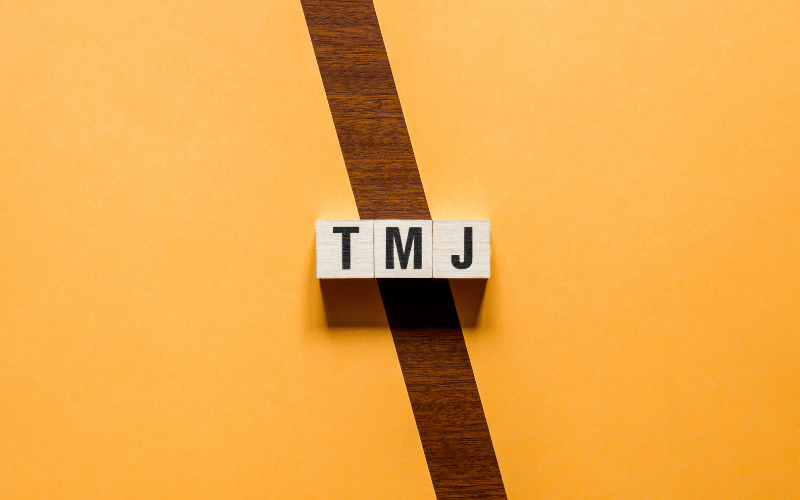Fact 5: The TMJ Link

Speaking of jaw alignment brings us to a closely related topic: the link between open bites and Temporomandibular Joint disorders, commonly referred to as TMJ disorders. The Temporomandibular Joint is a hinge connecting your jaw to the temporal bones of your skull. It’s what allows you to move your jaw up and down, side to side, enabling actions like talking, chewing, and yawning.
With an open bite, there’s a misalignment, and as a consequence, the jaw often compensates. This compensation can lead to undue stress on the TMJ, resulting in pain or discomfort. For many, this manifests as a dull, persistent ache around the jawline, sometimes radiating to the ear or even causing headaches.
Chewing might become a challenge, not just because of the misaligned teeth but also due to the pain or discomfort associated with TMJ disorders. In some cases, individuals might even hear a clicking or popping sound when opening or closing their mouth, a clear indication of TMJ involvement.
It’s crucial to understand that while not everyone with an open bite will develop TMJ disorders, the risk is palpably higher. It underscores the need for timely intervention, not just to rectify the open bite but to prevent the cascade of complications that can follow, including TMJ disorders. (5)